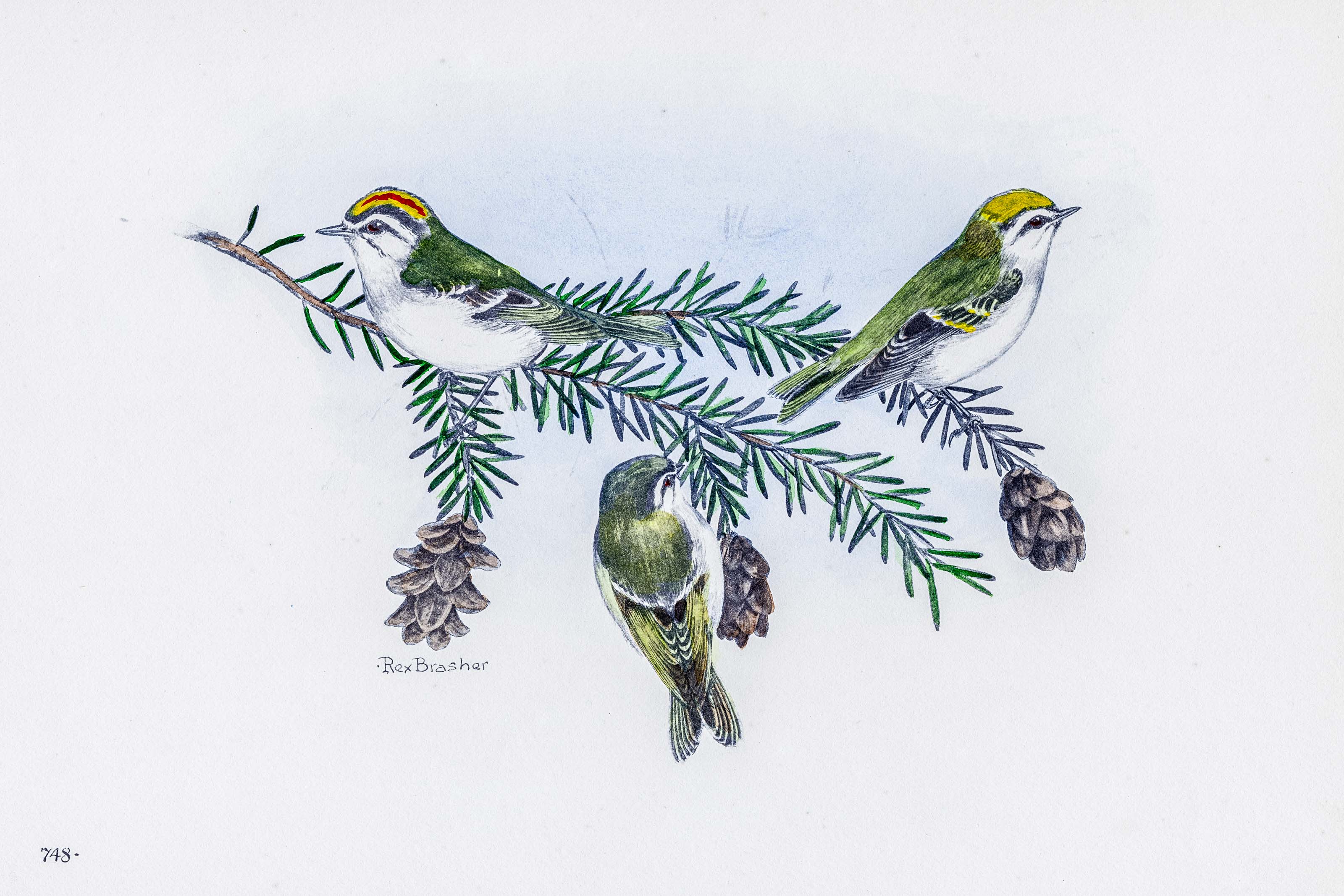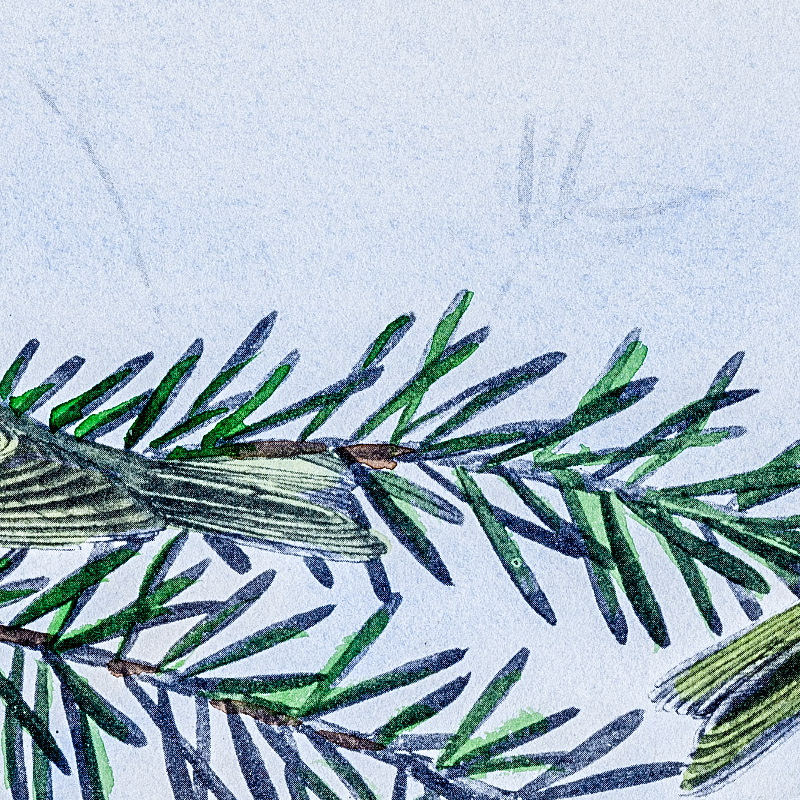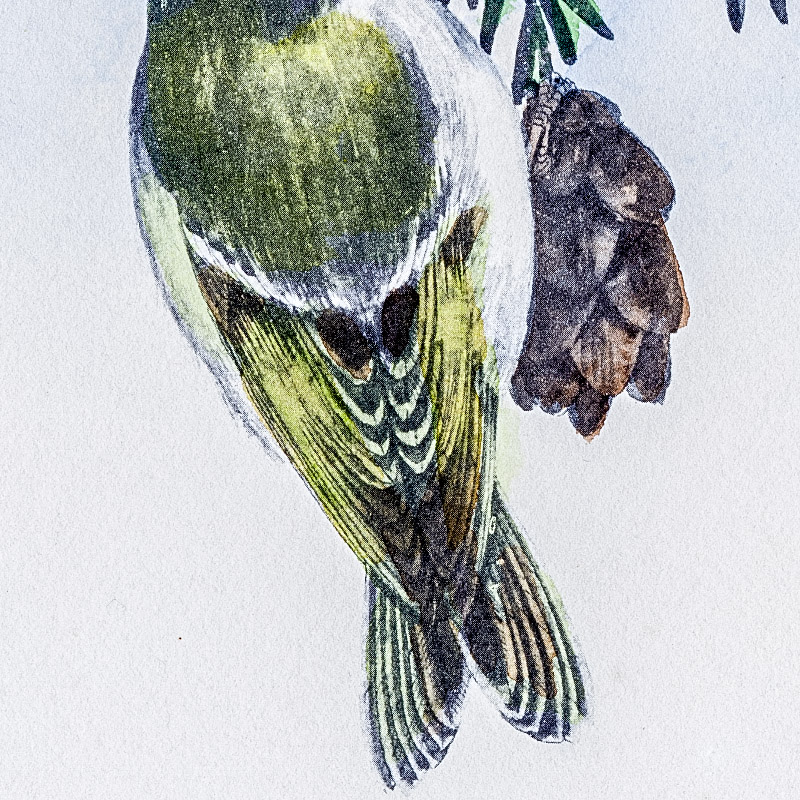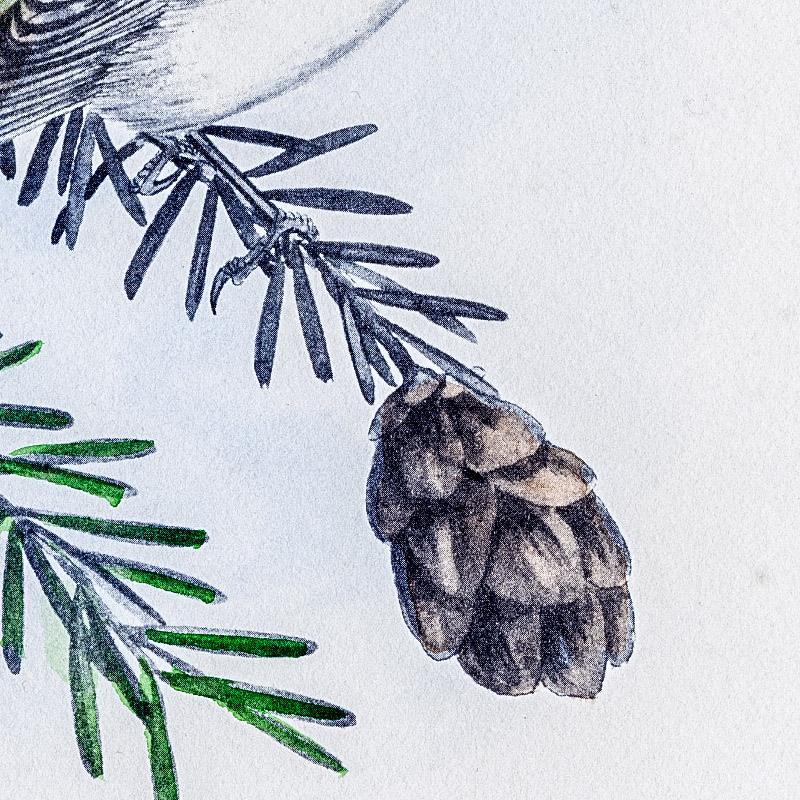




Unknown
1929
12
748
A team of dedicated board members, volunteers, and student interns has published every page in Volume 9. This volume includes 360 images of paintings and lyrical descriptions of birds, now available online for everyone to enjoy anywhere in the world. This is a monumental task. Each volume requires approximately 400 hours to photograph, edit, transcribe, catalog, and publish online. We need your support to complete this work.
If you're tech-savvy, have a good eye, are meticulous with details, and love structured data, please consider volunteering by emailing us at hello@rexbrasher.org.
We encourage all bird lovers and supporters to consider a monetary donation to support our mission to make Rex's work available for everyone. You can provide a one-time or recurring donation online.
WHEN the collecting fever weakened and shotgun was displaced by rifle, inanimate targets, tincans, glass balls, etc. became victims of the single bullet. There were times when hunting instincts reawoke but I never returned to the scatter gun. The longing was appeased by shouldering the 22-caliber Colts and tramping Maine hills after Ruffed Grouse. Yes, I got some — on the wing too — practice had made that weapon behave at my shoulder. Interest in all dead birds, even a partridge, waned and lethal weapons were superseded by the binoculars.
If you want real wing shooting try following a Kinglet with a pair of glasses. — April. — Saxifrage whitens thin soil atop the rocks and bluets peek thru new grass of the wood road. A flock of gold and flame crested midgets are fluttering amid the sumac clusters of last year's seeds, filling the dawn air with a medley of prolonged, exquisite notes, so loud that it does not seem possible their tiny throats could utter them. The twin desires of song and food frequently conflict and some choristers' flute harmonics were terminated in the middle of the solo by a billful of spiders discovered in the seed crevices.
Altho scarcely larger than a Hummer, noncompacted feathers making it appear twice the size, Kinglets are among the most agile and sprightly of our birds. When the bustling troop left the open sumac tops for the hemlocks I could not shoot one into the glasses' field at all tho the unaided eye easily detected waving sprays of foliage where they were hunting.
Most writers agree their vocal repertoire defies written description. With this dictum I heartily agree but a wanderer afield can identify these exquisite little wood pyxies with their fleck o' sunshine crowns by remembering two things: an ascending song of powerful liquid notes, perfectly modulated and a tiny olive bird.
NEST suspended at end of coniferous branches, built mainly of green moss with mosaics of lichens attached. Lined with fine strips of bark and rootlets and wild bird feathers; these arranged with points down and tips curving inward over eggs, forming an effectual screen.
EGGS, 5 to 10, white to buff, specked with pale brown and lavender, at large end. Sometimes piled in two layers!
Eastern North America. Breeds in Boreal zones from about latitude 55 south in Rocky Mountains to northern Arizona and New Mexico and to Michigan, New York and mountains of Massachusetts. In higher Alleghenies south to North Carolina. Winters from Iowa, Ontario and New Brunswick to northern Florida.
A 50-foot tree, locally distributed from 2000 to 3000 feet on the Blue Ridge mountains from southwestern Virginia to northern Georgia.